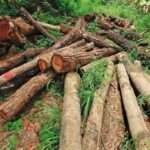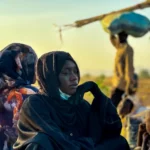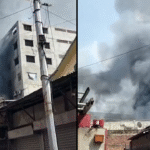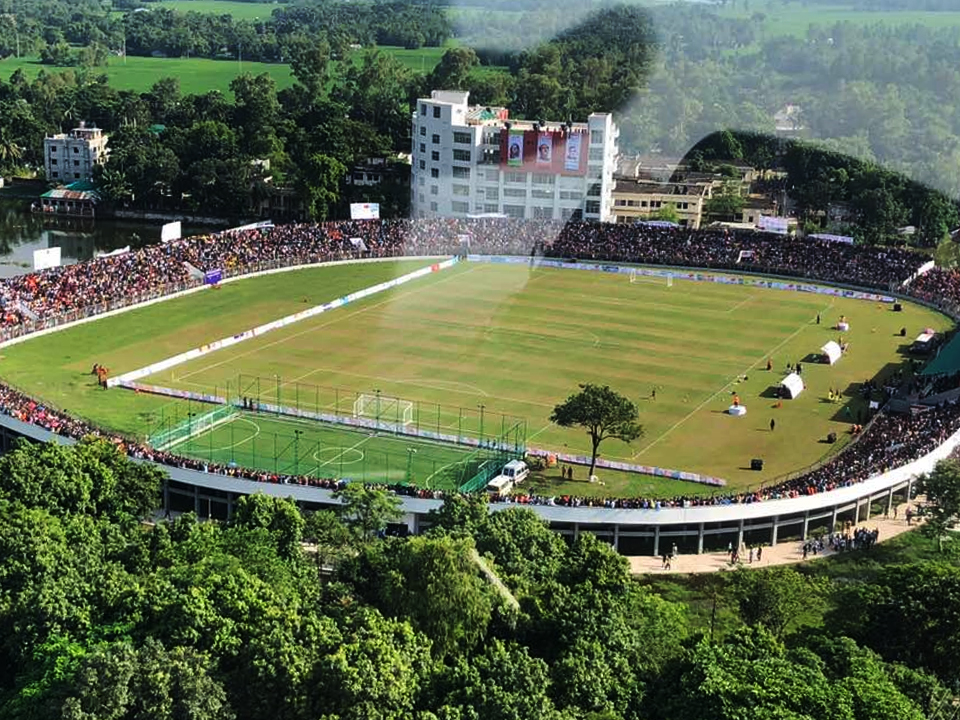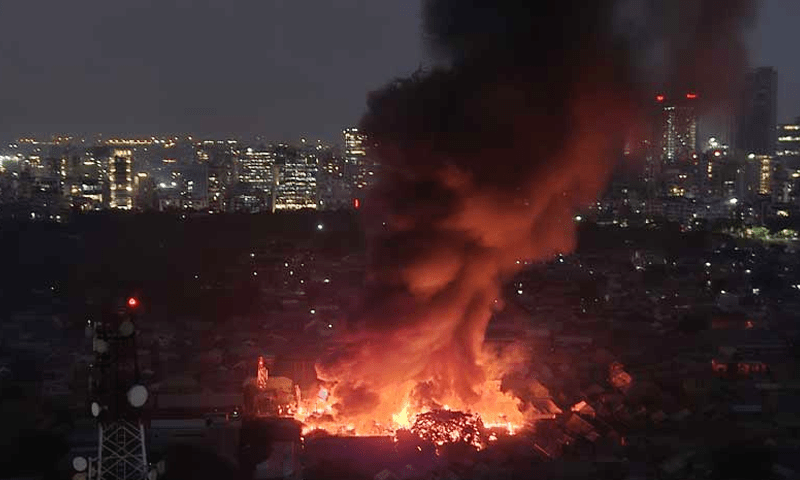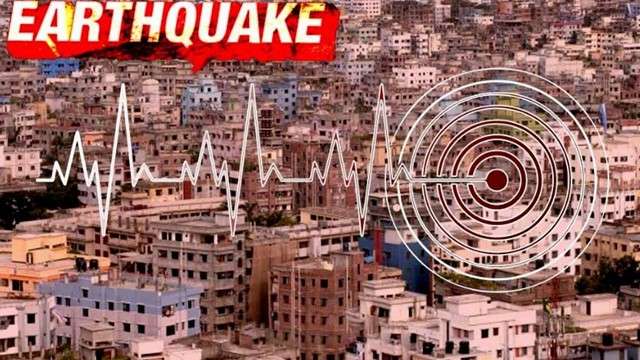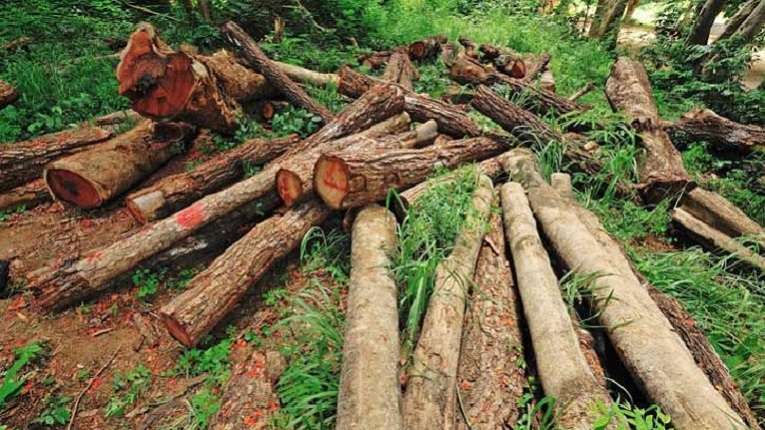Lalmonirhat District: A Hidden Gem of Northern Bangladesh-
Lalmonirhat District, located in the Rangpur Division of Northern Bangladesh, is a beautiful and peaceful district known for its charming rivers, green countryside, and hospitable people. This district borders India to the north and is enriched with vibrant cultural heritage and natural beauty. The district might not be as popular as other tourist destinations in Bangladesh, but it certainly has plenty to offer in terms of history, culture, and scenic beauty.
Whether you are a local traveler or an international explorer, visiting Lalmonirhat District can be a refreshing experience away from the crowds. This blog offers an in-depth travel guide to Lalmonirhat, featuring the history, top attractions, local culture, and travel tips to make your visit unforgettable.
History of Lalmonirhat District-
The history of Lalmonirhat District dates back centuries, with its name believed to originate from a woman named “Lalmoni,” who, along with a peasant leader named Nuruldin, fought against British rule. Although Lalmonirhat became an official district in 1984, it has long been a place of historical significance. The area was previously under the Rangpur District and had witnessed several important events during the anti-colonial and liberation movements.
Before the Partition of India in 1947, Lalmonirhat was an important junction for railway networks connecting various parts of Bengal. Even today, it remains an essential location in terms of railway transportation in Bangladesh.
Geography and Climate-
Lalmonirhat District spans an area of approximately 1,241 square kilometers. The district is largely flat with rivers and fertile agricultural land, making it ideal for farming. It is surrounded by the Kurigram, Nilphamari, and Rangpur districts, and shares an international border with India on its north and west.
The major rivers flowing through Lalmonirhat are the Teesta, Dharla, and Saniajan, which contribute to the district’s lush greenery and agricultural prosperity.
The climate in Lalmonirhat is typically tropical. Summers are hot and humid, while winters are mild and pleasant. The rainy season starts from June and lasts until September, during which the rivers swell and the entire region turns vibrantly green.
Administrative Divisions-
Lalmonirhat District is divided into five upazilas (sub-districts):
- Lalmonirhat Sadar
- Patgram
- Kaliganj
- Aditmari
- Hatibandha
Each of these upazilas has its own unique charm and offerings in terms of culture, local markets, and historical significance.
Major Tourist Attractions in Lalmonirhat District-
1. Teesta Barrage (Gozoldoba)
The Teesta Barrage is one of the major highlights of the Lalmonirhat District. It is not only a vital source of irrigation and flood control but also a scenic spot for tourists. The view of the Teesta River flowing through the barrage is mesmerizing, especially during sunrise and sunset.
2. Burimari Land Port
Located in Patgram Upazila, Burimari is one of the major land ports between Bangladesh and India. It plays a significant role in cross-border trade and is also a culturally vibrant place where you can experience the cross-cultural interactions of people from both countries.
3. Tin Bigha Corridor
This corridor is a narrow strip of land that connects the Indian mainland to the Dahagram–Angarpota enclave inside Bangladesh. It is an interesting place for tourists who want to explore geopolitical history. The opening and closing of this corridor are managed by the Indian Border Security Force.
4. Kakina Zamindar Bari
The historic Zamindar House of Kakina is a remarkable architectural site that reflects the past grandeur of the feudal system in Bengal. It is located in Kaliganj Upazila and remains a heritage site of historical interest.
5. Riverside Views of Dharla and Teesta
Both the Dharla and Teesta rivers offer peaceful riverside experiences. There are several ghats (riverbanks) where you can enjoy boat rides, local snacks, and take in the scenic beauty of Northern Bangladesh.
Local Culture and Lifestyle-
Lalmonirhat District is rich in cultural traditions. The people of this region are known for their hospitality, simplicity, and close connection with nature. Agriculture remains the primary occupation, with rice, jute, and wheat being the main crops. Folk songs, especially Bhawaiya and Jari, are an integral part of local culture.
Traditional festivals such as Pahela Baishakh (Bengali New Year), Nabanna (Harvest Festival), and Eid are celebrated with great enthusiasm. The district also boasts several local markets and haats, where you can find handmade products, fresh produce, and local delicacies.
How to Reach Lalmonirhat-
Lalmonirhat District is well-connected by road and rail. The Lalmonirhat Railway Junction is one of the oldest and most important railway stations in Bangladesh. Direct trains from Dhaka, Rangpur, and Dinajpur are available.
For road travel, regular bus services operate between Dhaka and Lalmonirhat. The journey by bus takes approximately 9-10 hours. The nearest airport is in Saidpur, about 65 km away from Lalmonirhat.
Best Time to Visit Lalmonirhat District-
The best time to visit Lalmonirhat District is between November and February. During these months, the weather remains pleasant and ideal for sightseeing. The rivers are calm, and the paddy fields turn golden yellow, creating a perfect landscape for photography.
Avoid visiting during the monsoon season (June to September), as heavy rainfall can cause flooding in low-lying areas and disrupt travel plans.
Conclusion-
Lalmonirhat District is a destination that has something for everyone—be it nature lovers, history enthusiasts, or cultural explorers. From the calm waters of the Teesta and Dharla to the historical remnants of zamindar estates and the buzzing trade at Burimari, every corner of Lalmonirhat offers a unique flavor of rural and historical Bangladesh. If you want to experience Northern Bangladesh’s heart, Lalmonirhat should be on your travel list.
FAQs About Lalmonirhat District-
Q: What is Lalmonirhat District famous for?
Lalmonirhat is famous for its rivers like Teesta and Dharla, the Teesta Barrage, and the Tin Bigha Corridor. It is also known for its historical significance and cross-border trade at Burimari.
Q: Is Lalmonirhat safe for tourists?
Yes, Lalmonirhat is considered a safe and peaceful district for tourists. The locals are friendly and helpful.
Q: What is the main occupation of people in Lalmonirhat?
The main occupation is agriculture. People also work in trade and small businesses, especially near the border areas.
Q: How far is Lalmonirhat from Dhaka?
Lalmonirhat is approximately 350 kilometers from Dhaka. It can be reached by train or bus.
Q: Are there any good hotels in Lalmonirhat?
While there are not many luxury hotels, you can find decent accommodations in Lalmonirhat Sadar and nearby upazilas. It is advisable to book in advance, especially during the tourist season.
Q: Can I visit the Tin Bigha Corridor as a tourist?
Yes, but you need to check the opening hours as it is controlled by security forces due to its geopolitical sensitivity. Prior permission or guidance may be required.
Q: What are the popular foods in Lalmonirhat?
Traditional Bengali food like rice, fish curry, lentils, and local sweets are popular. Seasonal fruits and fresh vegetables are widely available.




